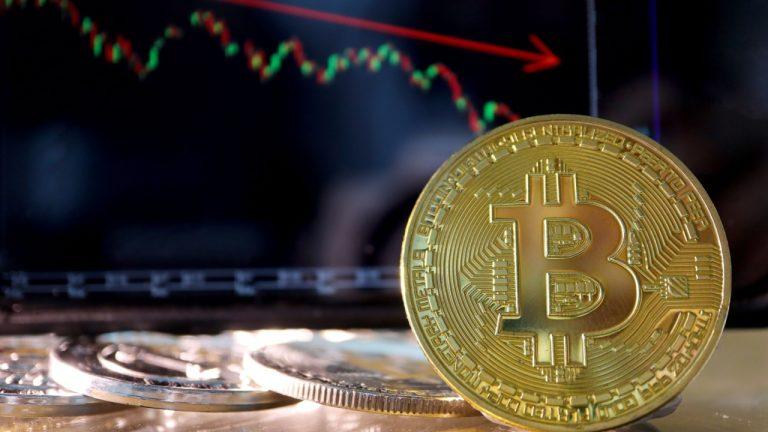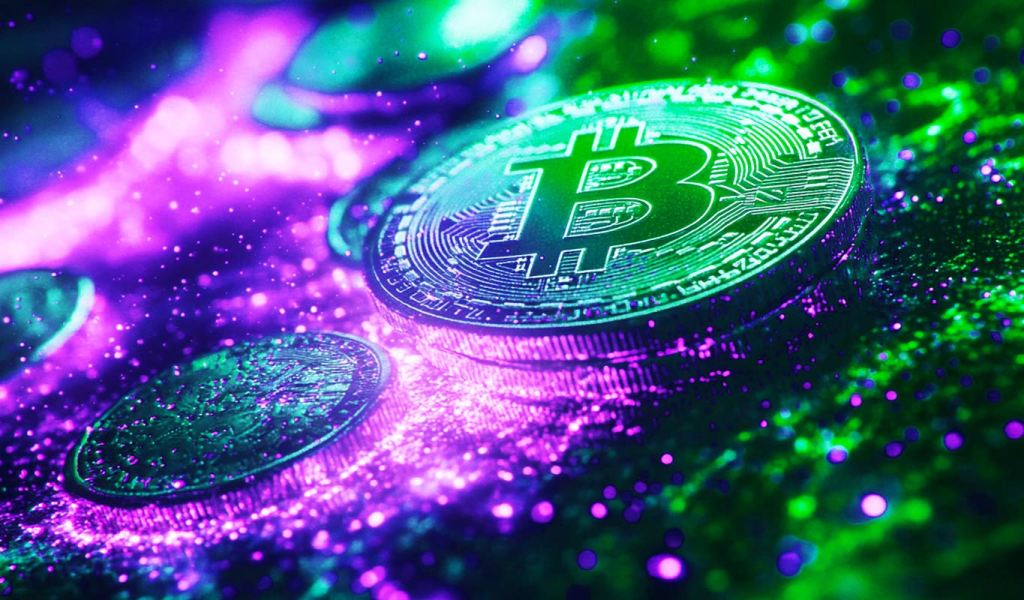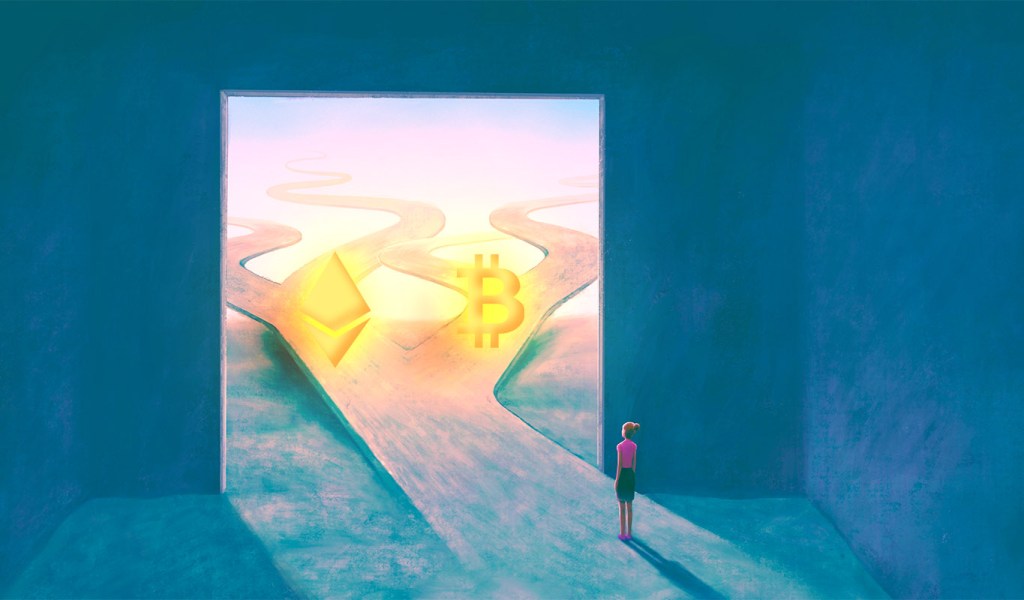
Altcoin Roundup: DeFi token prices are down, but utility is on the rise

DeFi token prices leave a lot to be desired, but the sector’s real benefit is the lending and liquid staking options, not the price of useless governance tokens.
The decentralized finance (DeFi) sector has been sitting in the backseat since whipping up a frenzy in the summer of 2020 through the first quarter of 2021. Currently, investors are debating whether the crypto sector is in a bull or bear market, meaning, it’s a good time to check in on the state of DeFi and identify which protocols might be setting new trends.
Here’s a look at the top-ranking DeFi protocols and a review of the strategies used by users of these protocols.
Stablecoins are the foundation of DeFi
Stablecoin-related DeFi protocols are the cornerstone of the DeFi ecosystem and Curve is till the go-to protocol when it comes to staking stalbecoins.

Data from Defi Llama shows four out of the top five protocols in terms of total value locked (TVL) are connected to the creation and management of stablecoins.
It’s important to note that while these protocols have emerged on top when it comes to TVL, the value of their native tokens for the most part are significantly down from their 2021 all-time highs.
The main takeaway is that engaging with the stablecoin aspect of the DeFi market through staking and farming has offered steady yields while also earning the governance tokens for these platforms as an added bonus to help mitigate the drop in token values.
As it stands now, stablecoins play an integral role in the overall healthy functioning of DeFi which continues to expand as newer protocols like Frax Share and Neutrino climb the TVL ranks amidst the increasing number of interconnected blockchain networks.
Lending and borrowing is at the core of DeFi’s value proposition
Lending platforms are another key component of the DeFi ecosystem and one of the key features that investors can interact with even during a bear market. AAVE and Compound are the current leaders with respective TVLs at $12.09 billion and $6.65 billion.
Like other stablecoin protocols, AAVE and Compound saw the value of their native tokens peak in 2021 and both have been in a prolonged downturn for months.

AAVE’s TVL growth outpaced Compound largely due to its cross-chain integration of Polygon and Avalanche, which increased the number of supported assets and allowed users to avoid the high gas fees on the Ethereum network.
Long-term crypto hodlers who are risk averse can benefit from simply lending their tokens for a modest yield.

Related: Altcoin Roundup: JunoSwap, Solidly and VVS Finance give DeFi a much-needed refresh
Liquid staking adds more utility to DeFi
The growing popularity of liquid staking is also adding new utility to decentralized finance. Liquid staking protocols like Lido Finance, which originally launched as an Ethereum staking solution but has since expanded support to Terra (LUNA), Solana (SOL), Kusama (KSM) and Polygon (MATIC).
Data from Defi Llama shows the TVL on Lido reaching a new all-time high of $14.96 billion on March 10 as the addition of new assets continues to attract more value to the protocol.

On Lido, users can stake Ether and Solana and receive stETH or stSOL, which can then be used as collateral on AAVE to borrow stablecoins. Those assets can then be used for trading or yield farming purposes, thus increasing the overall yield earned from the original staked asset.
Other notable liquid staking protocols include the Eth2 staking provider StakeWise, the Cosmos-based pStake protocol and Stader Labs.
Want more information about trading and investing in crypto markets?
- 3 reasons why Lido DAO Token could be on the verge of breaking its downtrend
- pSTAKE Finance brings liquid staking and a new airdrop to the Cosmos ecosystem
- Terra injects 450M UST into Anchor reserve days before protocol depletion
- DeFi flashes early revival signs as retail and institutional inflows trickle in
- Does the future of DeFi still belong to the Ethereum blockchain?
The views and opinions expressed here are solely those of the author and do not necessarily reflect the views of Cointelegraph.com. Every investment and trading move involves risk, you should conduct your own research when making a decision.
Go to Source
Author: Jordan Finneseth







